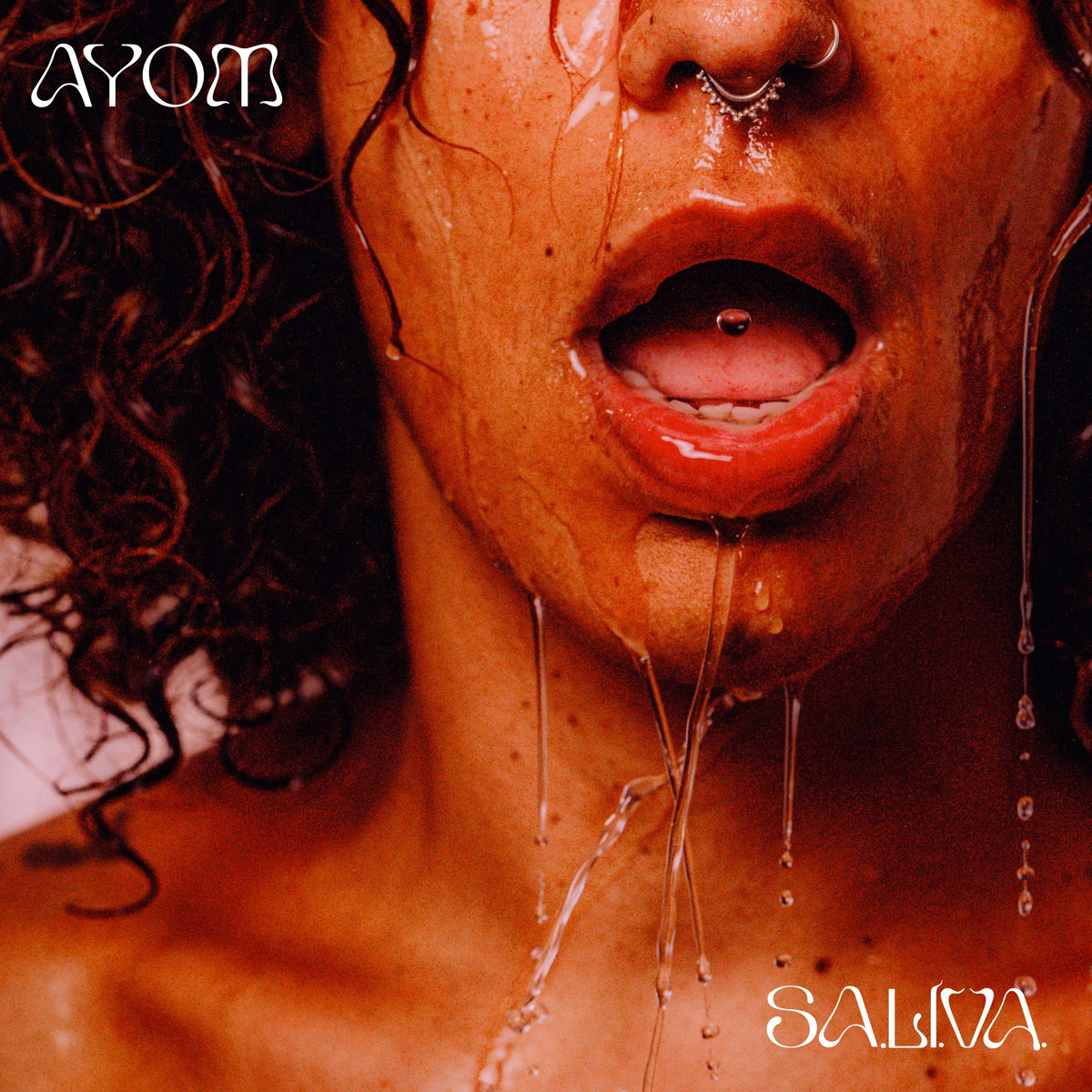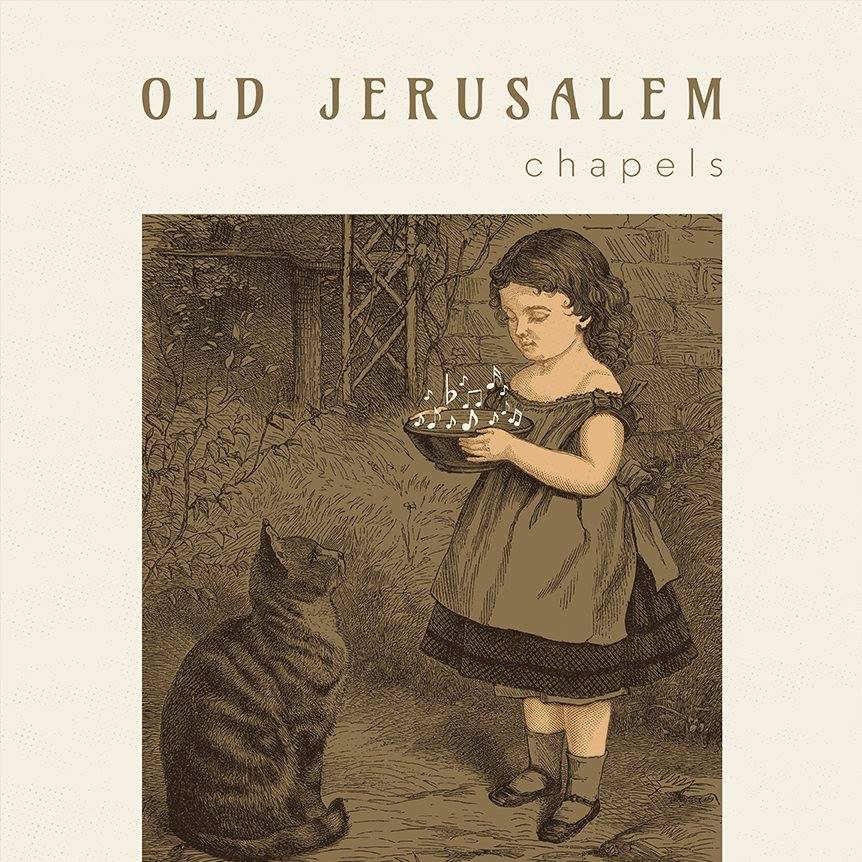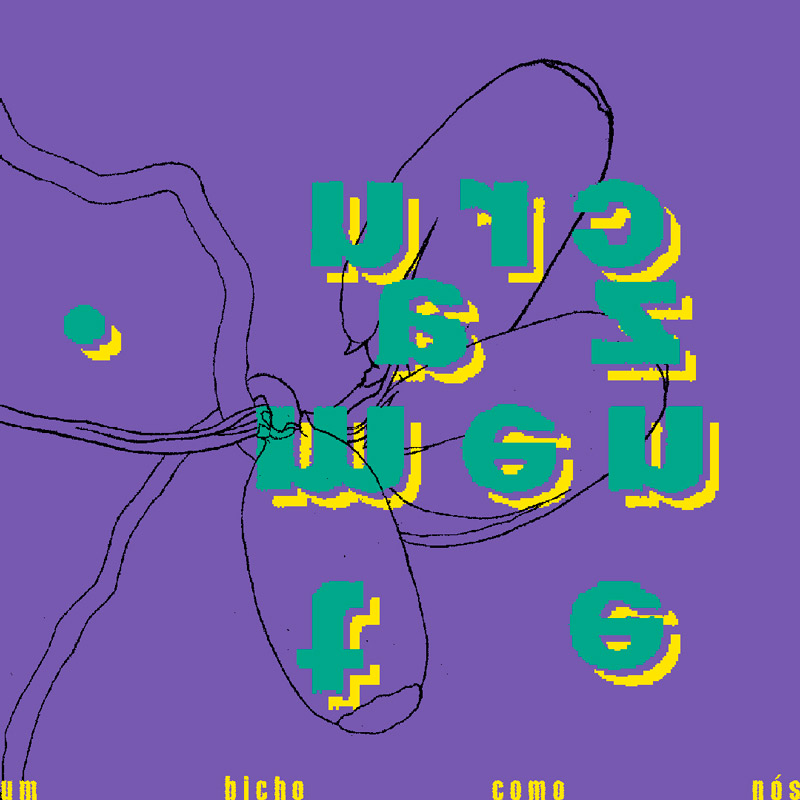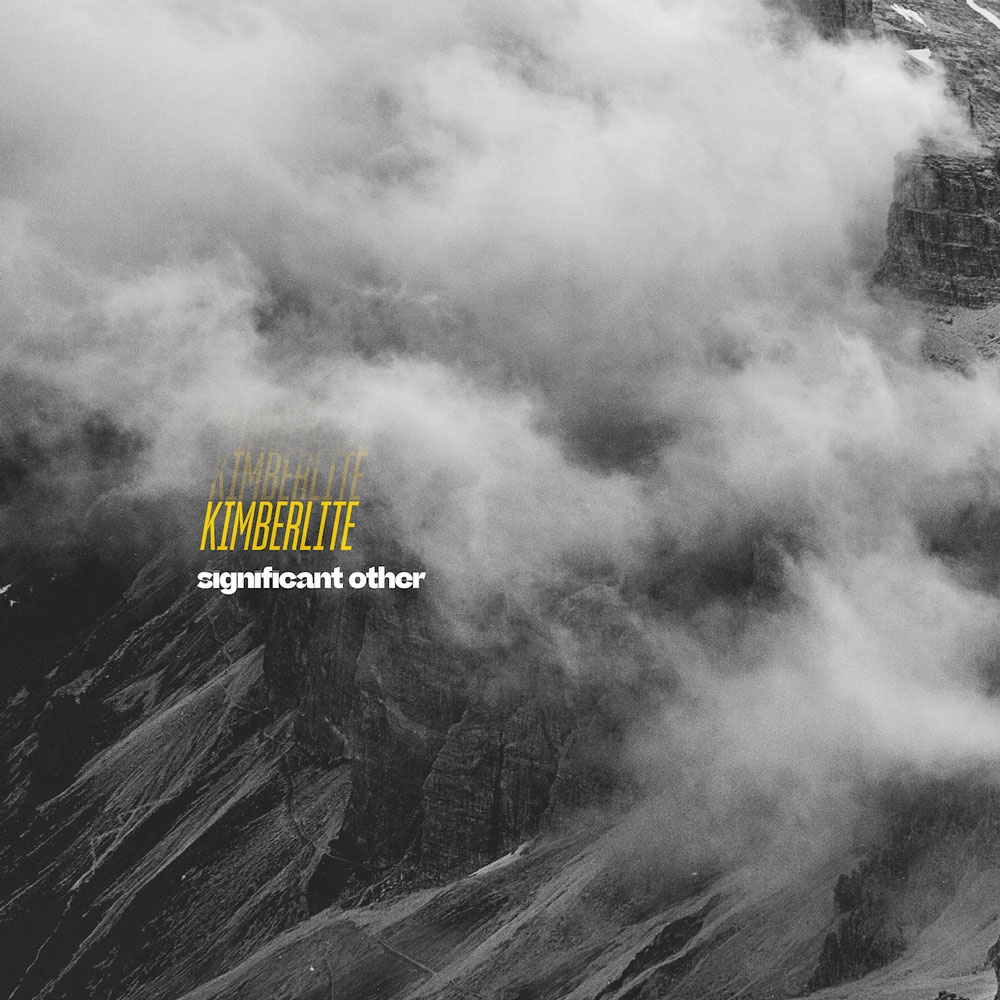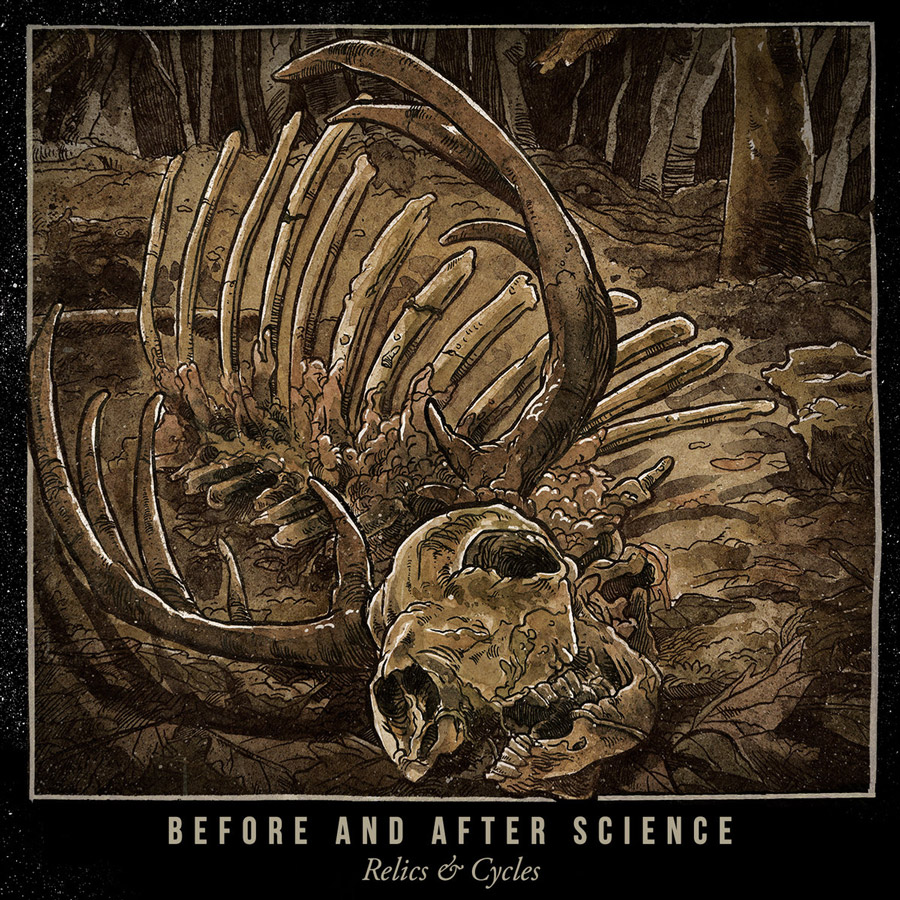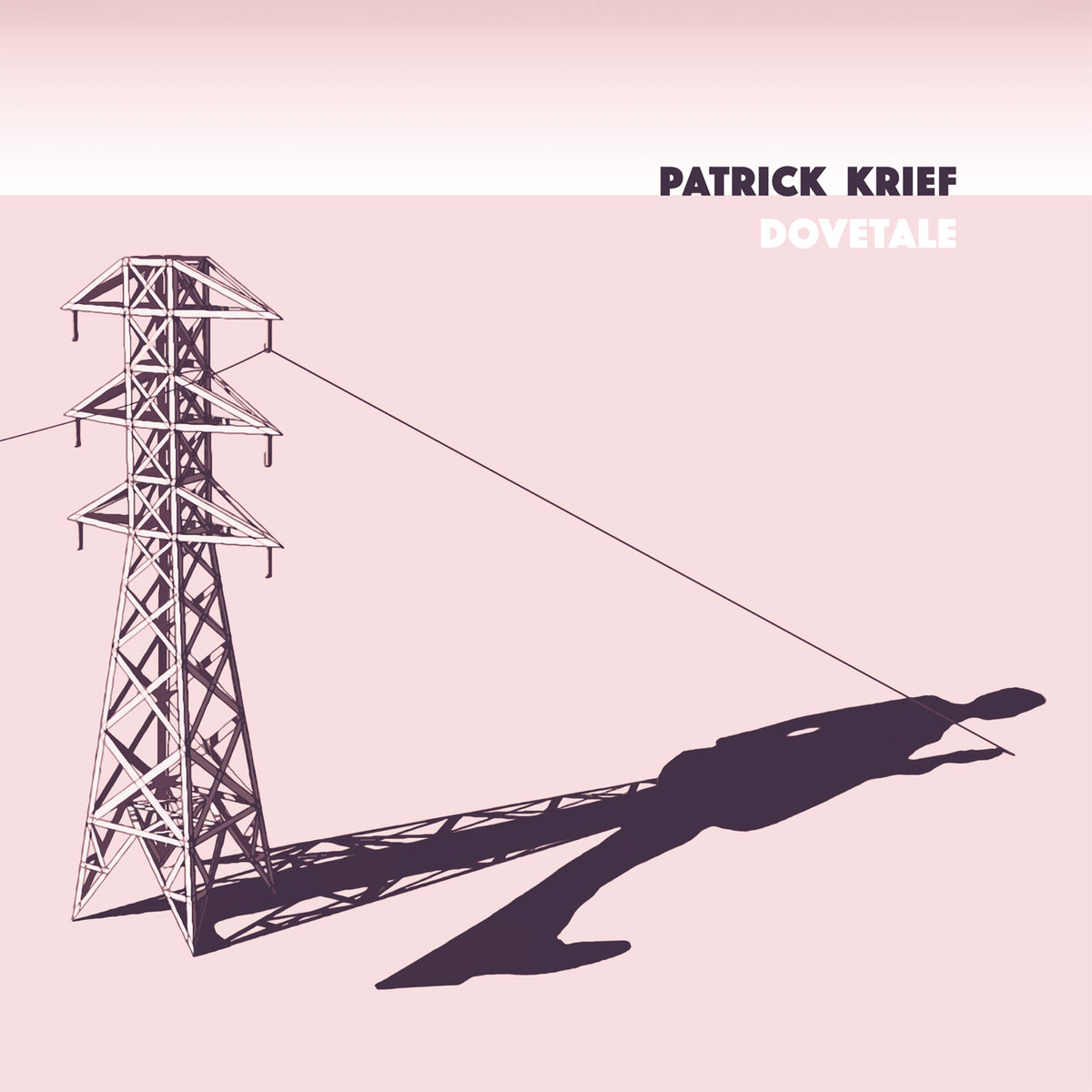SA.LI.VA, an acronym representing the three distinct impulses woven into Ayom’s music: “SA-grado” (sacrality), “LI-berdade” (freedom and love), and “VA-lentia” (courage). The album is a trilogy where each chapter contains three songs. These songs are inspired by three different emotions and sound like soundtracks of different landscapes of the soul: three deep and spiritual songs that connect with the Sacred, three that celebrate freedom, love, and life with happy atmospheres and grooves, and three that address fighting against injustices, racism, machismo, and colonization.
Also, “SALIVA,” in addition to being an acronym, has its meaning and poetic suggestion; it’s the same word in many languages: “Sa.li.va is on everyone’s lips, it is universal and unites where languages divide.” The same happens with Ayom’s music: it overcomes the gap between genres, languages, or musical styles, creating a connection with listeners through musical emotion.
# SA.GRADO
We open this work singing, invoking, and celebrating the (SA)cred, the subtle and powerful force that moves us. Some call it faith, others axé; some place it in just one God, others in many entities, and still others in hope.
#1 Oxala, Promessa de Migrante
Oxalá receives an additional subtitle to encompass all that this song evokes. Its lyrics speak of departure, carrying always in the heart the invisible thread of belonging and the hope of return. Oxalá represents the orixá of beginnings, the great father, peacemaker, and serene figure, symbolizing the path of new beginnings. Additionally, it serves as an expression used in Spain and Portugal, derived from “In šāʾ Allāh” meaning “if God wills” in Arabic. These “coincidences” often occur for those seeking similarities in their cultural origins and new references.
The video was filmed in just one day, with dancer Caroline Rodrigues, whom we coincidentally met at an Ayom show in Denmark. After the performance, I was drawn to her beautiful hair, and we recognized each other as compatriots and devotees of Oxum. Caroline, a congadeira currently in Denmark, representing Brazil at the Royal Ballet, graciously agreed to dance in the music video and traveled to Carrara (IT) for the shoot. Despite having only two days to complete filming, the shoot day coincided with a storm risk alert, leaving the usually bustling marble city deserted.
The Subvision team directed, coordinated, edited, and captured the footage. Our friend Tony Cassanelli, an Italian sculptor and artist based in Lisbon, introduced us to his talented team, including Albert, Carmine, and Vincenzo, who worked tirelessly to produce the music video. Through serendipitous encounters and collaborative efforts, we found ourselves dancing in the rain with a sacred lightness, despite the cold weather and the delicate equipment we needed to protect. Caroline’s captivating performance left everyone in awe, as she danced with the same enthusiasm as if it were her first take.
The song is a promise of an emigrant to one day return to their homeland and reminisce about the feeling of “Saudade”. It encapsulates themes of departure, belonging, and the hope of reunion, all embodied by the figure of Oxalá. Whether as an orixá, a symbol of new beginnings, or an expression of hope used in various cultures, Oxalá’s presence resonates throughout the song, weaving together its diverse cultural influences.
#2 Filhos da Seca
We follow the ambiance of the sacred and ethereal. ‘Seca’ is the sound of the sertão, the arid anticipation of rain. ‘Seca’ is Guimarães Rosa whispering, it’s the imagery of the migrant. But ‘Seca’ is also the anguish of the Mediterranean and its many migrants who lie at the bottom of the sea in hope of a prosperous and secure life. This song connects emergency migrants, forced and painful migration, by land or by sea. ‘Seca’ is the Arab forró, the face of border dissolution; they are the hands of an Angolan student of flamenco, residing in Lisbon, playing an Arab scale on three Cuban instruments.
‘Seca’ is a prayer of Brazilian migrants from the arid Sertão, seeking water and rain, but it’s also the prayer of all the migrants who attempt to cross the Mediterranean in hope of a prosperous and safe life.
#3 Odê a Oxum
And we conclude this first chapter with a portal prayer, a musical oriki composed by me and guided in its construction by my friend, musician, and researcher Alexandre Garnizé, who said to me: “Hey Jabu, why don’t you create an abata for Oxum?” Oxum is the orixá of fertility and love. She resides in waterfalls and is known for her sweetness and beauty! But Oxum possesses many qualities; she is a warrior and, like the flow of a waterfall, she has her pools and cascades! She moves continuously and before she calms down, she erupts in fury and explosion!
The song was built upon my earliest memories of maracatu, when I was learning from my first music teacher, Lenis Rino, the rhythms that permeated the universe of maracatu de baque virado. When we composed this music, Albe and I were listening with fascination to the master Moacir Santos and the spectacular polyrhythms he used in his arrangements. It’s a song to listen to without distraction, to enter the portal, to let the sound transport you, and to allow the vibration to guide your movements. Let the music pass!
It’s a prayer (oriki) to Oxum. Oxum is the orixá of fertility and love. She resides in waterfalls and is known for her sweetness and beauty. But Oxum has many qualities; she is a warrior, and like the course of a waterfall, she has her pools and waterfalls! She moves continuously, and before she calms down, she collapses in fury and explosion! Musically, it’s inspired by Maracatu and the polyrhythmic compositions of Moacir Santos.
# LI.BERDADE
The second chapter and let’s evoke everything that is free and approaches love, celebration, and joy!
#4 Rosário do desejo
Starting with the story of an enchantment that intoxicates and paralyzes, clouding thoughts and dressing consciousness with a pink filter that transforms passion into a sacred act. The bodies of lovers become an instrument of invocation of the creator, and the communion of their skins is a prayer and a ritual. “Feitiço” is meant for dancing together, for listening; it’s warm but doesn’t burn, humid but doesn’t soak, it moves but doesn’t tire. It’s influenced by slow semba, coladeira, lambada, hip sway, and close embrace.
#5 Eu me quero mais
We continue following this story, celebrating freedom and encounters. Among us all, there’s a fondness for Brazilian music, especially that which springs from the Northeast of the country. I have a longstanding history with maracatu de baque virado and the popular culture of Recife. It’s the beginning of my journey in music, my first school. Our bassist, Francesco Valente, holds a doctorate in ethnomusicology and researches frevo. And in this atmosphere of respect and admiration, our frevo was born, on the border between Portugal and Spain! In fact, its first name was “mestiço frevo.”
Kastrup proposed that the music shouldn’t reveal itself too quickly and that when it did, it should bring with it the authority of the subject matter. Thus, we have the privilege of the arrangement and recording by the great Brazilian musician and instrumentalist, Henrique Albino. And in the last minute, just when we thought there was nothing more to improve, another idol crosses our path, the singer and songwriter, inspiring muse from Rio Grande do Norte, Juliana Linhares, who sketches out this revelry with her unique voice and a delightful interpretation, laden with imagery and scents.
It’s a song that speaks of passion, inspired by the lively rhythm of frevo (which means “boiling”), played in Olinda during the carnival, with the arrangement of one of the genre’s best musicians, Henrique Albino.
As a special guest, we have the great singer and composer, an inspirational muse from Rio Grande do Norte, Juliana Linhares, who paints these festivities with her unique voice and a delightful interpretation, full of images and scents.
#6 Fuzuê funaná
We close this chapter with a celebration, music of encounters of beliefs, colors, and creeds. Music of harvest, sun, and spring! “Fuzuê” is Cape Verdean, it’s half Africa, half Brazil, half Atlantic, but it reaches everyone when it enters their ears! It’s joy in song and celebration on both sides of the Atlantic.
# VA.LENTIA
To be an artist is a privilege and a commitment. We have the projection and reach of art to express what we feel and think, and continuously the responsibility to uphold this space to manifest and denounce the unjust, the abusive, and the fallacious. And we have the opportunity to express our voice also from love and empathy, bringing awareness and reaching the feelings of those who listen to us.
The courage to be vigilant, to denounce what is unfair without losing light and joy, to transform our bodies and our affections into shields against a possible attack!
#7 Kikola N´goma
This song begins in the memories of my youth, in the world of capoeira, in the bibliographies of folklorists and researchers about Brazilian culture and folk manifestations (some highly racist) that I found in public libraries and at my university (Nina Rodrigues, Câmara Cascudo, Edson Carneiro, Ney Lopes, Darcy Ribeiro). It took me decades to understand the real history of the “discovery” of Brazil. It was through the paths of capoeira and popular culture that I realized that “history deceives us” (Mestre Moraes), and upon moving to Europe and getting to know Portugal, I gained a better understanding of the pieces that shaped me as a Brazilian people.
Kikola is a lexical photograph of this. A narrative from someone who was there. The silenced indigenous peoples mentioned as an allegorical detail, deserving of a commemorative day on the national calendar, with their caricatured symbols and folk legends. Africa, the mother, beginning, womb, nourishment, affection, memory, song, rocking cradle, the embrace of the collective unconscious. And Portugal, a father, but of the indoctrinators, absent and dominating, but the ones who tell the story because they have the power of rhetoric and resources. And thus, year after year, this was the narrative of a “discovery.”
With this song, we have the honor of sharing the work of the great Angolan artist Paulo Flores, who brings his unique sensitivity and deep ancestral connection to the theme. From the other side of the Atlantic, he offers a perspective that challenges prevailing narratives with both poetry and truth.
The song questions the misleading portrayal of colonization as “discovery,” urging us to reflect on the voices that have historically been silenced. Africa is the mother—the origin, the womb, the nourishment, the embrace, the memory, the rhythm, the lullaby.
Through his music, Paulo Flores evokes history, identity, and resilience, reminding us that stories are not just what is told but also what is left untold. His work invites us to listen, reflect, and engage with the past in a way that fosters a deeper understanding of our shared history.
#8 Canto de Negro
Sound from Minas Gerais and memories of popular festivals. In the early 2000s, when we started playing maracatu in Belo Horizonte, the Congo guards invited us and welcomed us as cousins in their celebrations, and many were the congada parties where we joined with our Minas Gerais-style maracatu group, Trovão das Minas. It starts with the lyrics, the rhythmic interferences, and the inspiration. With Alberto, we compose the songs, always. My lyrics and our melodies. Ricardo brings his Angolan guitar, Francesco his globalized bass forged in world music, dancing with the free percussion of Timoteo and Walter.
It speaks of the blend of influences and connections between Brazil (Minas Gerais) and Africa (Congo, Mozambique) due to the history of slave trafficking.
#9 Vestido de Fogo
This song brings the “congo de ouro,” the father of funk, to pave the way for the verses for Oya. Oya is a warrior orixá, courageous and brave, who resides in storms and strong winds. Oya speaks what must be said and has the bravery to denounce! She communicates with the dead and judges the crimes of the living. In this blend of manifesto with song, the music drops hints for the unwary, for the cowards, and for the prejudiced, “cutting heads” and “shaking evil in the hollow of thunder.”
It talks about a sort of “Karma” inspired by Oya, the orixa of the storm and revenge that cuts off heads and shakes evil in the hollow of thunder. “You reap what you sow.” Musically, it’s inspired by Congo de Ouro, the father of Funk.
#10 Io sono il vento
This bonus track is the only song on the album that is a reinterpretation, an Italian song by Gian Carlo Testoni and Pasquale Giuseppe Fucilli presented by Arturo Testa at the San Remo Song Festival in 1959 and shared with the Portuguese artist Salvador Sobral. Salvador is our guest, bringing in his voice and interpretation an antiquity and depth that resonates with what inspires us on our musical journey. It dissolves the barriers of territories by singing an Italian song with features of Angolan bolero.


